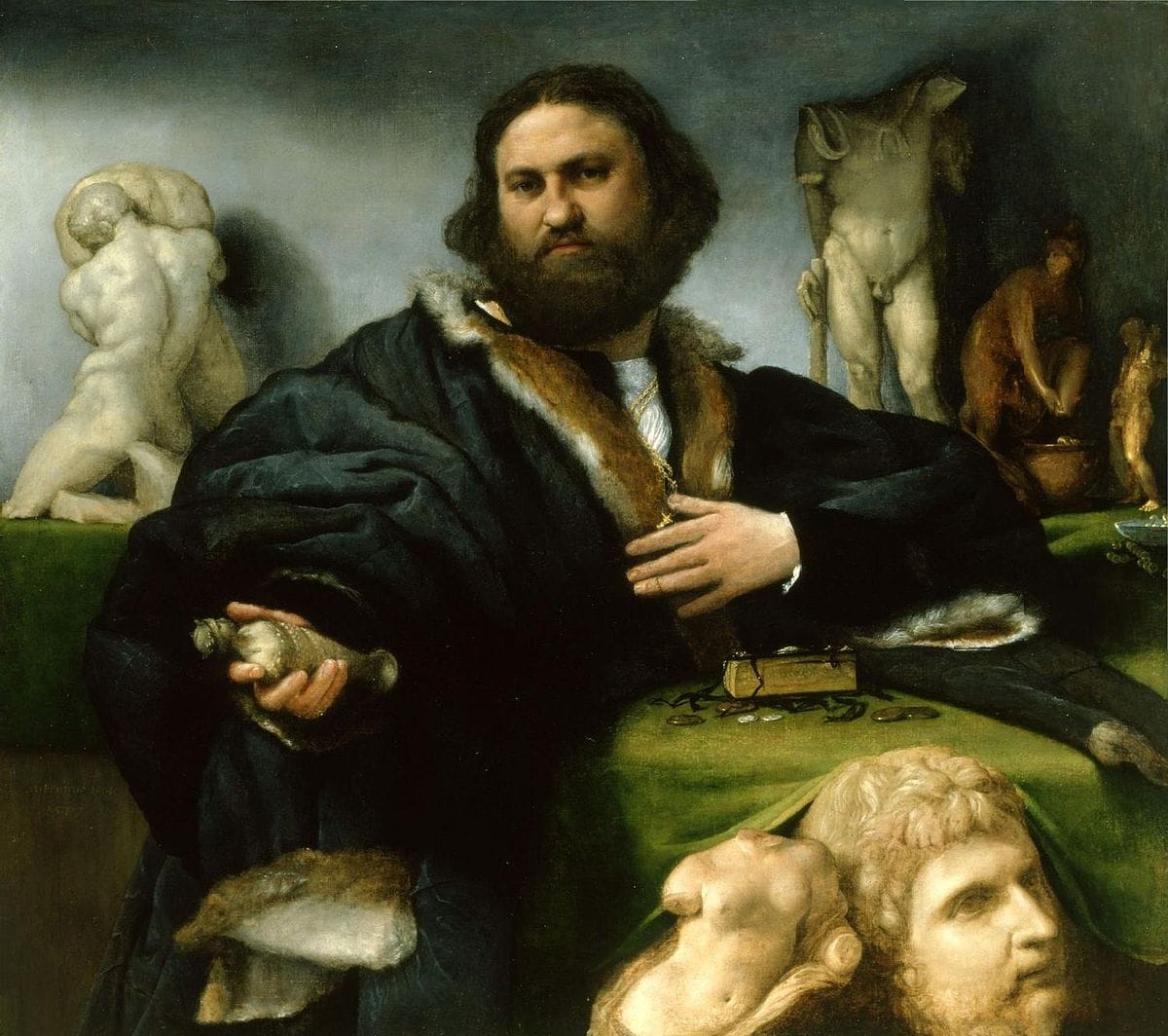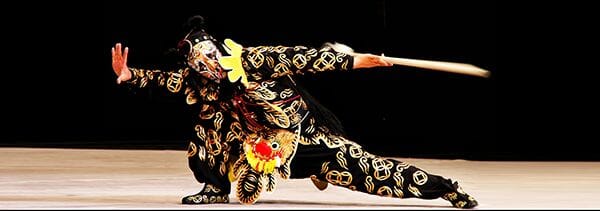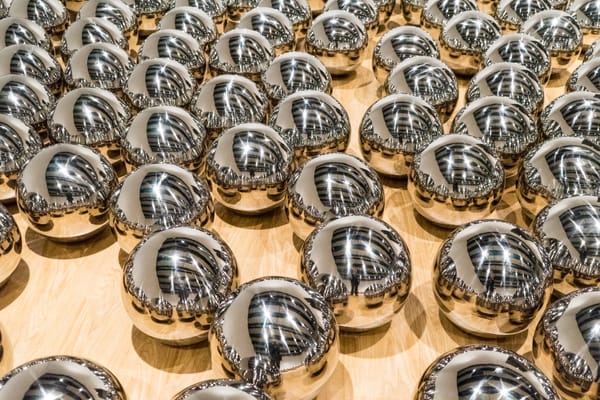A whole Lotto praise for this lesser-known Renaissance genius
Often overshadowed by his contemporaries, Lorenzo Lotto’s time has finally come in a rediscovery of the wonderfully idiosyncratic works of this Venetian painter.

This exhibition takes you through Lotto’s entire career, chronologically showcasing his development and growth as an artist, from early experimentation to later existential reflection, and constant mastery of human emotion. He demonstrates a psychological depth that later found more relevance during the advent of psychoanalysis, at which point he was recognised as “the first Italian painter who was sensitive to the varying states of the human soul” by Bernard Berenson (1895), who refamiliarized the public with Lotto. There’s a universality about his works, such as Portrait of a Woman Inspired by Lucrezia, reminiscent of modern feminism, with the sitter confidently challenging powerful social norms of virtue and purity.
The fact that this is the first dedicated showing of Lotto’s works in the National Gallery is truly a mystery, as will become apparent when you walk around the three rooms that comprise it. There are physical examples of objects resembling those from the paintings displayed in glass cases around the rooms. They admittedly don’t really add much; observing the way things are painted in Lotto’s style is what’s important, but since they don’t take away from the exhibition itself either I didn’t really mind.
However, what the exhibition does do is unite many of his most important portraits in one place, to demonstrate his distinctive and innovative style. This style seems to be an amalgamation of his own inventiveness and influences from his travels. Though born and trained in Venice, he spent time in smaller cities like Treviso, which was located on the German trade route. Being exposed to techniques north of the Alps, Lotto fused his more traditional Venetian painting with German practices of crisp rendering and attention to detail to develop a style unique to him. He also travelled to Bergamo, breathing a refreshing vitality and humour into his works, along with much more experimentation. For example, he began using wide landscape format canvases to allow double matrimonial portraits, and later even experimented with triple portraits showing various angles of one face.

Lotto expertly manages to portray the personalities of the sitters in the way that they are dressed, their expressions, and their surroundings in the painting, telling a story using witty and sophisticated symbolism. Five hundred years have not yet quashed the captivating personalities behind the eyes of the sitters, which, unusually for the time, are pointed directly at the viewer. I appreciated the way you can exercise your brain in searching the portraits for clues about the personalities and lives of the sitters – notice how a fly rests on the handkerchief of an elderly physician, a reminder of his mortality; notice how the hand of a young man rests on the table amongst scattered rose and jasmine petals, a symbol of love and purity. The layout of the exhibition allows us to notice the subtle interplay between his portraits, such as the connection between the sitter of the first portrait, Bishop Bernardo de’ Rossi, and the deposed queen of Cyprus who plays the Virgin in another portrait in the same room.
People are often dubious about free exhibitions at well-known galleries, as they think it may lack the grandeur or quality of a ticketed one. In all honesty, I was rather shocked that they made this one free. Having been to both free and more expensive exhibitions at the National Gallery, I can assure you that you’ll leave feeling astounded at the shockingly incredible value for (no) money!
Lucky for you, there’s plenty of time to catch Lorenzo Lotto Portraits, as it’s running until mid-February 2019.
-5 stars







